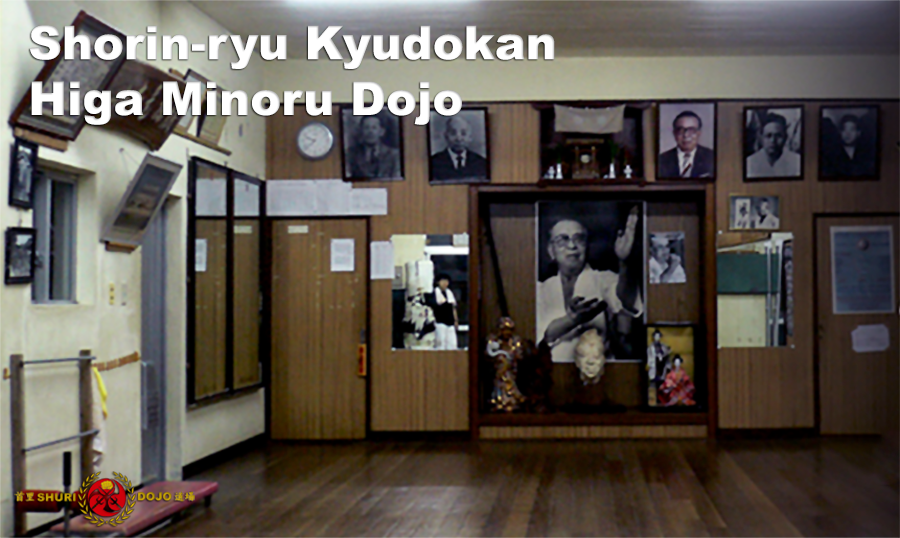
Kamiza, Shimoza and Tokonama.
.
The kamiza (上座) is the “top seat” within a room, meaning the seat of honor; the opposite, the shimoza (下座) meaning “bottom seat. Tokonoma (床の間) means “space of display””.
.
In Western culture, the most important person traditionally sits at the head of the table, whether the occasion is a company board meeting or a dinner party. The equivalent position of honor in Japan is called “kamiza”, and is reserved for the person with the highest rank, or a special guest, while the opposite is called “shimoza”.
.
In a room, the kamiza is the seat or position that is most comfortable, usually furthest from the door – because this is warmest, and was safest from attack back in Japan’s feudal period.
.
In the martial arts almost every dojo in Okinawa and Japan has a kamiza. Here, the kamiza, comprises the spiritual center of the dojo and houses the focal point of the Shinto religion, or more accurately the “Shin Kyo” (sacred object). The kamiza, often carries formal religious significance as the focus of meditation and prayer.
.
In the West, where students are likely to come from a variety of religious backgrounds, the kamiza instead could be purely a symbol of respect for the karate masters who have gone before. A ceremonial focal point of the dojo, which may remind us of the origin of our practiced art and become a link to tradition.
.
The tokonoma is a decoration space in a Japanese room, it’s the place where a Japanese scroll displaying a painting or calligraphy, seasonal flowers, and/or other ornaments are displayed. It is usually located at the far end of the room, opposite to the entrance. A tokonoma doesn’t require alignment with any particular tradition. Here too there is a rule that the person with higher status sits with their back towards the tokonoma, facing the front of the room.
.
Perhaps the use of tokonama is more appropriate in a dojo in a multi-cultural society. Whatever one’s beliefs, one can always quite simply keep the tokonoma and the dojo clean and well-kept, forget about the sectarian intricacies, and take the attitude that whatever individual beliefs we hold, in a dojo it is the sincere practice that is the real act of significance.
.
Does your dojo have a kamiza, tokonama or something else? ![]()
![]()
.
.
![]() Photo Credit: Kyudokan Higa Minoru Dojo
Photo Credit: Kyudokan Higa Minoru Dojo
.
.
